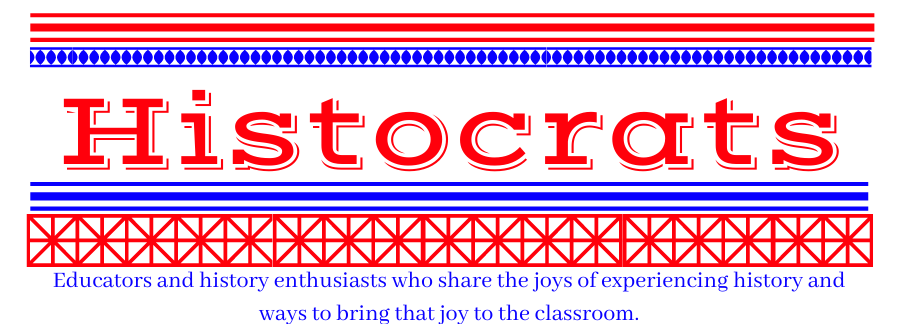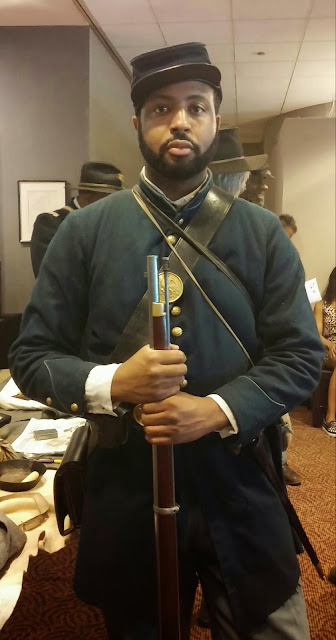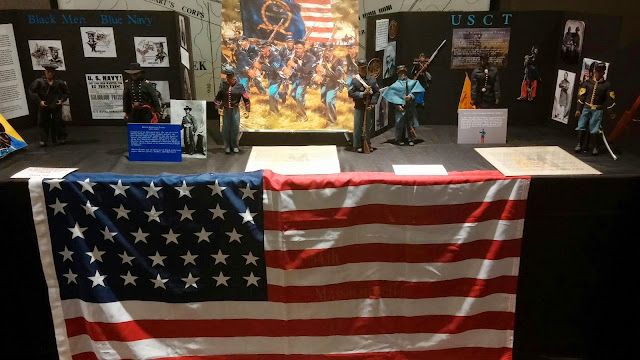By Jeff Burns
“Hi,
my name is a Jeff, and I’m a numismatist.”
Not really active that much anymore, but once a numismatist (or
notaphilist), always…. A numismatist is
a coin collector, and a notaphilist collects paper currency, banknotes. Coin collecting was one of the gateways that
I believe led to my love of history.

My mother unwittingly started me on this path with a Christmas shopping stuffer that she got from a Sears Wishbook, the source of most of my childhood Christmas gifts. The stocking stuffer was an inexpensive little plastic treasure chest , with a plastic bag inside containing a few dozen foreign coins. I was immediately enthralled. Each coin told a different story with different designs, denominations, and languages. Each coin was an invitation to learn more. Who was the man or woman on the coin? What language is that? Why does it have it a hole in the middle? Why is it not round? What country is that? Where is it? Why did they choose that to represent their country?
I
started learning all I could about coins and collecting more, carefully
mounting them in coin holders and cataloging them, looking for pieces to
complete sets. Around the world,
countries decorate their coins and banknotes with important political and
cultural figures. You get a real sense
of the things and people that are important to the people of the country. Often, you won’t be familiar with the people
and places featured; that’s the real treasure hunt begins, as you look them up
and research to learn more about them.
Then, I slowly got into
American coins as I acquired a few old coins from various family members here
and there, wheatback pennies, buffalo nickels, Morgan and Peace silver
dollars. American coins brought whole
new vistas, and a new world of commemorative coins, to explore, and I learned
more about American history.
 Numismatics or
notaphily are easy hobbies to
start. Foreign coins and banknotes are
still relatively inexpensive and easy to
find. Online dealers or Ebay offer lots at low prices. Every town has a coin shop nearby, and every
flea market has a coin stall or stalls.
There are lots of books, magazines and websites readily available to
help you figure out what you have. Just
be sure not to approach it as a way to make money. The chances of you making a valuable find are
pretty rare. Do it for the fun and
education value, or start your kids on it.
Numismatics or
notaphily are easy hobbies to
start. Foreign coins and banknotes are
still relatively inexpensive and easy to
find. Online dealers or Ebay offer lots at low prices. Every town has a coin shop nearby, and every
flea market has a coin stall or stalls.
There are lots of books, magazines and websites readily available to
help you figure out what you have. Just
be sure not to approach it as a way to make money. The chances of you making a valuable find are
pretty rare. Do it for the fun and
education value, or start your kids on it.
Today, my collecting
amounts to a jar in which we put any leftover coins or notes when we’re lucky
enough to travel abroad, and I have a few banknotes I use at school, things
like Confederate and colonial currency (reproductions) , German inflation notes
from the 1920s, and Japanese occupation notes from World War II (real and easy
to acquire, still inexpensive), but I still fondly remember my active
collecting days and all that I learned about the world and history as a result.
What to learn more? Try these sites:
Introduction to Collecting World Banknotes How to start collecting Coins
U.S. Mint Collecting Basics
Beginner coin Collecting
World Coin Price Guide



